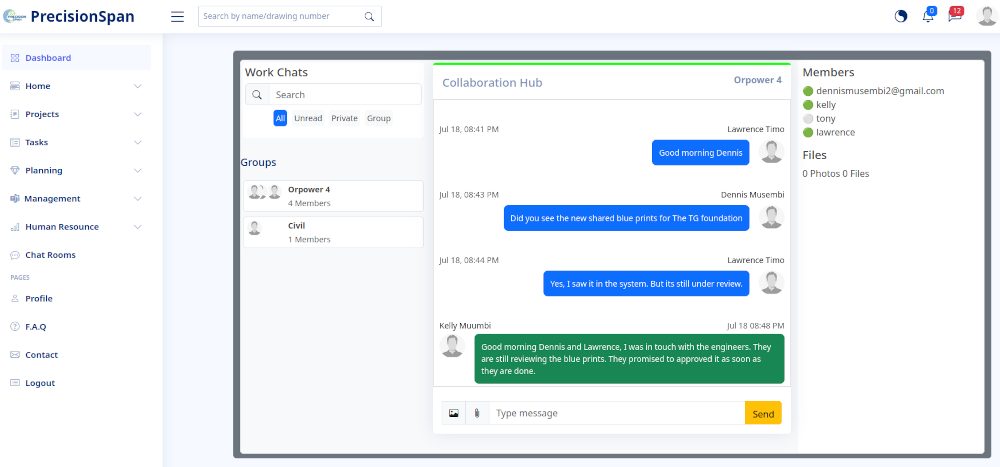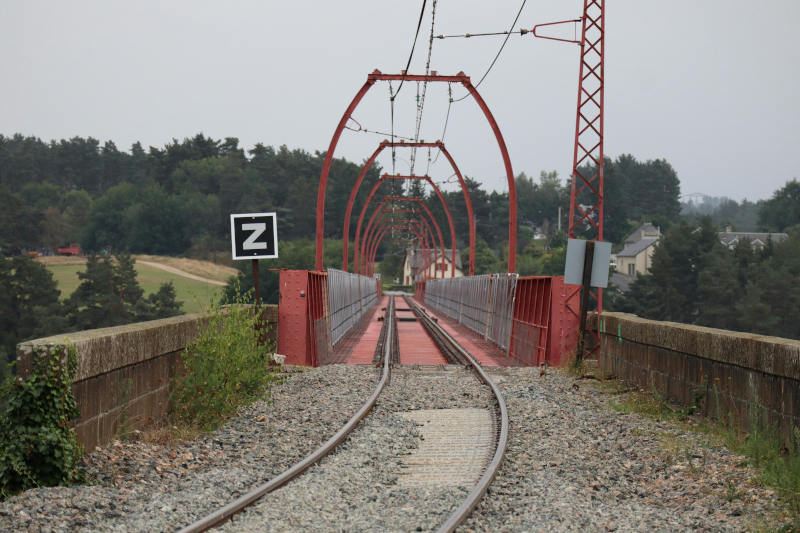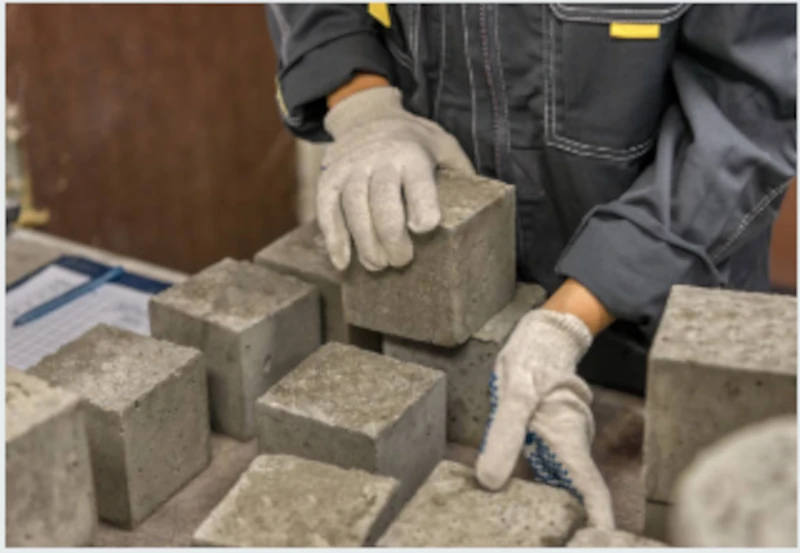
Poor Communication Across Construction Teams: Causes, Impacts, and How to Fix It
Introduction
In the dynamic and high-stakes environment of the construction industry, effective communication is the foundation upon which successful projects are built. Yet, many construction firms struggle with poor communication across teams, resulting in project delays, costly mistakes, safety risks, and unhappy stakeholders.
According to a 2023 FMI report, over 48% of construction rework is directly caused by miscommunication and poor project data. With projects becoming increasingly complex, the number of contractors and subcontractors involved is growing, further compounding the risk of miscommunication.
This blog post explores the root causes of poor communication in construction, the serious consequences it creates, and actionable solutions to foster better coordination across teams, from the field to the boardroom. We'll also explore how modern construction management tools like PrecisionSpan can bridge the communication gap to deliver projects on time, within budget, and to specification.
The Root Causes of Poor Communication in Construction
1. Fragmented Project Teams
One of the most common causes of poor communication in construction is team fragmentation. Construction projects involve multiple stakeholders: architects, engineers, general contractors, subcontractors, suppliers, inspectors, and clients. Each of these entities operates within its own structure and culture, often using different tools or communication protocols.
Without a centralized communication platform, critical information gets lost between emails, calls, and in-person meetings. Delays in passing updates, inconsistent documentation, and conflicting instructions are frequent outcomes of this fragmentation.
2. Lack of Standardized Communication Protocols
When team members don’t have a standardized method of sharing updates or reporting issues, things fall through the cracks. For instance, if a foreman reports a delay in material delivery through a phone call but doesn’t log it in a project system, other departments may proceed unaware leading to costly missteps.
Standardized reporting templates, digital logs, and a unified communication structure can significantly reduce confusion and error rates.
3. Over-Reliance on Verbal or Informal Communication
Construction teams often depend on verbal communication on-site meetings, toolbox talks, or quick chats. While efficient in the moment, these informal methods lack documentation, making it hard to track decisions or assign accountability.
Moreover, verbal communication is prone to interpretation errors, especially in noisy construction environments where background sounds can disrupt clarity.
4. Technology Gaps Between Office and Field
Despite the digital transformation in many industries, construction still struggles with field-to-office communication. Workers on-site may not have access to the same tools as those in the office, leading to asynchronous updates and information lag.
For instance, if engineers in the office update plans but don’t relay them immediately to the field via digital drawings, crews may continue work based on outdated designs.
5. Language and Cultural Barriers
In many regions, construction teams are composed of workers from diverse backgrounds. While diversity adds strength, language differences and cultural misunderstandings can impede clear communication, especially when safety procedures or task instructions are not clearly translated or explained.
6. Lack of Training in Communication Skills
Surprisingly, few construction firms provide formal communication training. Workers and managers may be skilled at their trade but lack the ability to convey critical information clearly and concisely especially under pressure.
The Consequences of Poor Communication
1. Project Delays
When timelines and expectations are unclear or miscommunicated, tasks are often duplicated or missed altogether. A study by PlanGrid and FMI showed that construction professionals spend over 14 hours per week dealing with avoidable rework and conflict resolution.
Miscommunication can stall the workflow, waiting for clarification, correcting errors, or rescheduling inspections. These delays extend project timelines, disappoint clients, and disrupt cash flow.
2. Budget Overruns
Each delay or rework drives up labor costs, material waste, and overhead. Uncoordinated teams might order the same materials twice or fail to utilize resources efficiently. All these issues contribute to projects exceeding budget, sometimes by 10-20%.
Poor documentation also affects invoicing and payment claims, leading to disputes and unpaid work.
3. Safety Hazards
One of the gravest effects of poor communication is increased safety risk. Incomplete or misunderstood safety instructions can lead to accidents, injuries, or fatalities.
For example, if a crane operator isn’t informed of ground personnel in their lift path, or if safety rules are poorly communicated to subcontractors, the result can be disastrous. Proper briefings, signage, and real-time alerts are critical.
4. Lower Team Morale and High Turnover
Teams frustrated by miscommunication and chaos often experience low morale. Repeated rework, shifting expectations, and blame culture contribute to burnout and high employee turnover, making it even harder to maintain a reliable workforce.
5. Damaged Reputation and Lost Clients
Clients notice delays, cost overruns, and poor coordination. One bad experience due to communication issues can lead to negative reviews, lawsuits, or lost referrals, severely harming a contractor's long-term reputation.
Solutions to Improve Communication Across Construction Teams
1. Implement Centralized Construction Management Software
A digital platform like PrecisionSpan centralizes communication, ensuring all stakeholders, project managers, foremen, contractors, and clients, are on the same page.
- Features to look for include:
- Real-time messaging and alerts
- Central document repository for blueprints and schedules
- Task assignments with deadline tracking
- Progress dashboards visible to all team members
- Issue logs and resolution tracking
By integrating all updates and files in one place, construction management platforms eliminate silos and speed up decision-making.
2. Use Mobile Apps for Field Updates
Equip field teams with mobile tools that sync with the office. Workers should be able to:
- Upload photos of site progress
- Report issues instantly
- Check task assignments and changes in real-time
- Access updated blueprints, safety documents, and workflows
Mobile access ensures that everyone, from site crews to top management, works with the latest information, no matter where they are.
3. Establish a Communication Plan from Day One
Every project should begin with a communication strategy that defines:
- Channels to be used (email, app, in-person, video calls)
- Communication frequency (daily updates, weekly reports)
- Approval workflows for change requests
- Escalation procedures for issues
This standardization prevents ad-hoc and inconsistent communication, creating clarity across all levels.
4. Schedule Regular Coordination Meetings
Daily or weekly stand-up meetings ensure alignment and allow teams to clarify priorities. These meetings can be:
- General contractor and subcontractor syncs
- Client check-ins
- Safety briefings
- Progress reviews
Always follow up with written minutes or summaries to avoid misinterpretation.
5. Train Team Members in Communication Best Practices
Invest in soft skills training, especially for project managers and supervisors. Topics should include:
- Active listening
- Giving and receiving feedback
- Conflict resolution
- Clear writing for reports and documentation
- Effective use of communication tools
Workers with strong communication skills reduce misunderstandings and improve teamwork across trades.
6. Overcome Language Barriers with Multilingual Resources
Provide translations of critical documents and safety protocols. Consider hiring multilingual supervisors or using visual aids to ensure comprehension.
Also, encourage inclusive communication practices to ensure all voices are heard and valued, regardless of language.
7. Use Visuals and Markups to Explain Complex Concepts
Architectural and engineering instructions are easier to grasp when communicated visually. Annotated drawings, video walkthroughs, and interactive 3D models help clarify intentions and reduce error rates.
Tools like BIM (Building Information Modeling) enable real-time collaboration and visual feedback, improving shared understanding among diverse stakeholders.
How PrecisionSpan Helps Bridge Communication Gaps
PrecisionSpan, a modern construction project management platform, was designed with communication at its core. It offers:
- Unified dashboards for real-time updates
- Field-to-office integration through mobile apps
- Document control for blueprints, orders, and permits
- Smart alerts for schedule changes, missed tasks, or risk flags
- Comment threads and logs for all activity
With PrecisionSpan, teams don’t need to switch between apps or wait for updates. Everyone, from site workers to executives, shares the same information and can act quickly to keep projects moving.
Conclusion
Poor communication across construction teams is more than a minor inconvenience, it’s a top cause of rework, budget blowouts, delays, and safety incidents. In a competitive construction market, success requires more than technical know-how; it demands effective communication powered by modern tools and structured workflows.
By investing in digital solutions like PrecisionSpan, standardizing communication protocols, and training team members, construction firms can minimize friction, boost productivity, and deliver high-quality projects on schedule.
As construction becomes increasingly complex and collaborative, clear communication isn’t optional, it’s mission-critical.












0 Comments